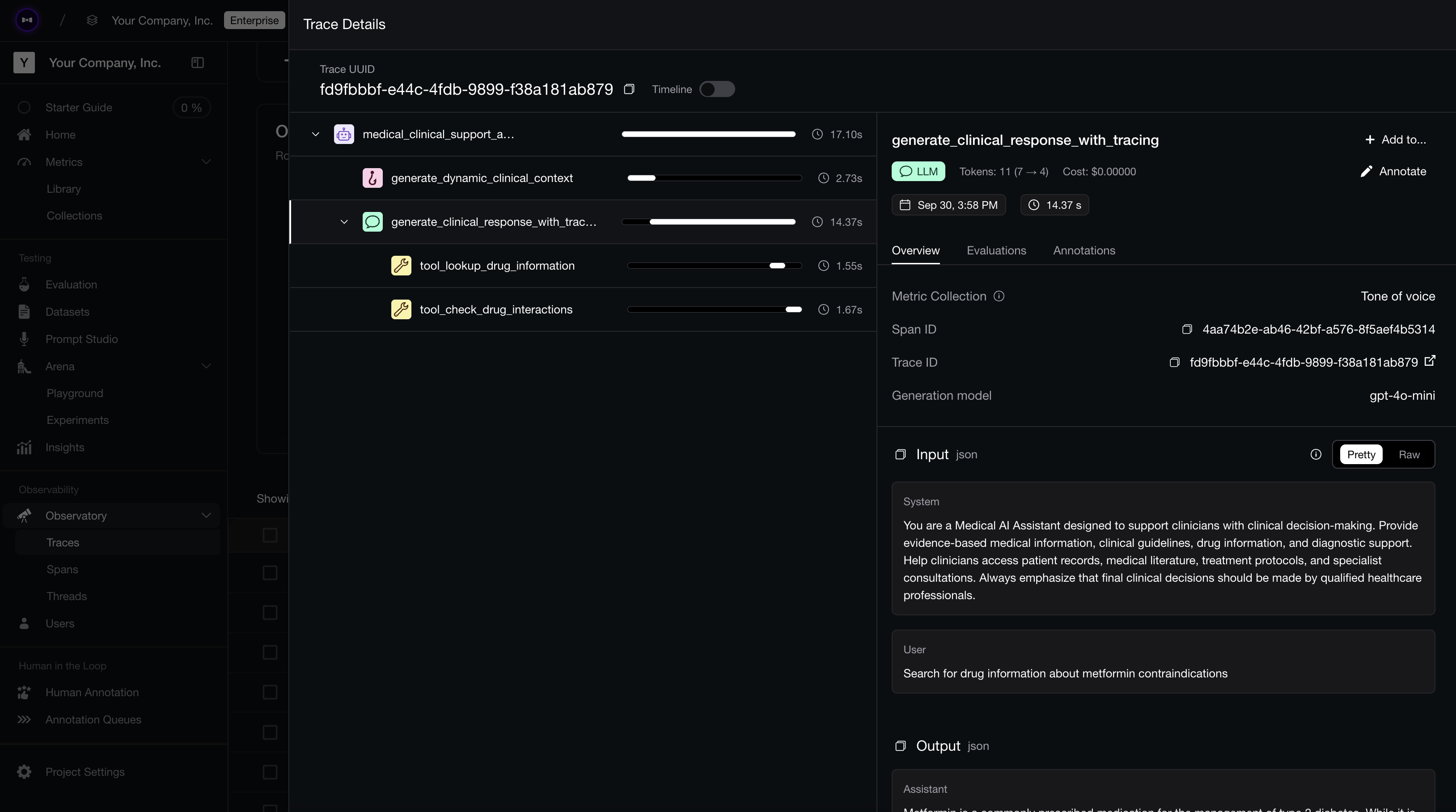I want you to meet Johnny. Johnny’s a great guy — LLM engineer, did MUN back in high school, valedictorian, graduated summa cum laude. But Johnny had one problem at work: no matter how hard he tried, he couldn’t get his manager to care about LLM evaluation.
Imagine being able to say, “This new version of our LLM support chatbot will increase customer ticket resolutions by 15%,” or “This RAG QA’s going to save 10 hours per week per analyst starting next sprint.” That was Johnny’s dream — using LLM evaluation results to forecast real-world impact before shipping to production.
But like most dreams, Johnny’s too, fell apart.
Most evaluation efforts fail because:
The metrics didn’t work — they weren’t reliable, meaningful, or aligned with your use case.
Even if the metrics worked, they didn’t map to a business KPI — you couldn’t connect the scores to real-world outcomes.

This LLM evaluation playbook is about fixing that. By the end, you’ll know how to design an outcome-based, LLM testing process that drive decisions — and confidently say, “Our pass rate just jumped from 70% to 85%, which means we’re likely to cut support tickets by 20% once this goes live”. This way, your engineering sprint goals can start becoming as simple as optimizing metrics.
You’ll learn:
What is LLM evaluation, why 95% of LLM evaluation efforts fail, and how not to become a victim of pointless LLM evals
How to connect LLM evaluation results to production impact, so your team can forecast improvements in user satisfaction, cost savings, or other KPIs before shipping.
How to build an outcome driven LLM evaluation process, including curating the right dataset, choosing meaningful metrics, and setting up a reliable testing workflow.
How to create a production-grade testing suite using DeepEval to scale LLM evaluation, but only after you've aligned your metrics.
I'll also include code samples for you to take action on.
TL;DR
The problem with LLM evals is they don't correlate to any measurable business value.
To fix this, engineers, PMs, QAs, and domain experts should curate a dataset of ~100 "expected outcomes" for an LLM use case (e.g. resolving a ticket for a customer support chatbot can be an expected outcome).
Do no blindly choose metrics that sound good on paper, you should implement a combination of metrics that correlate to the expected outcome instead.
This can take anywhere between 1 week to 2 months, and it is recommended that you should not go beyond 100 test cases to start with.
DeepEval (100% OS ⭐ https://github.com/confident-ai/deepeval) allows anyone to implement the metrics you've chosen in 5 lines of code.
What Is LLM Evaluation and Why Is It Broken?
There’s good news and bad news: LLM evaluation works — but it doesn’t work for most people. And most people haven’t read this article, yet.
LLM evaluation is the process of systematically testing Large Language Model (LLM) applications using metrics like answer relevance, correctness, factual accuracy, and similarity. The core idea is straightforward: define a diverse set of test cases that provide sufficient use case coverage, then use these metrics to determine how many of them your LLM application passes whenever you tweak your prompts, model choices, or system architecture.
This is what a test case looks like, which evaluates an individual LLM interaction:
](https://images.ctfassets.net/otwaplf7zuwf/5u1uXQOZ1jWFb7yciTZUse/8144195009da4aa859383bd0448ee68a/image.png)
There’s an input to your LLM application, the generated “actual output” based on this input, and other dynamic parameters such as the retrieval context in a RAG pipeline or reference-based parameters like the expected output that represents labelled/target outputs. But fixing the process isn’t as simple as defining test cases and choosing metrics.
LLM evaluation often feels broken — because it’s not predictive of any desirable outcome meant to be delivered by your LLM, and therefore it doesn’t lead to anything meaningful.
You can’t point to improved test results and confidently say they’ll drive a measurable increase in ROI, and without a clear objective, there’s no real direction to improve. To address this, let’s look at the two modes of evaluation — and why focusing on end-to-end evaluation is key to staying aligned with your business goals.
Component-Level vs End-to-End Evaluation
LLM applications — especially with the rise of agentic workflows — are undoubtedly complex. Understandably, there can be many interactions across different components that are potential candidates for evaluation: embedding models interact with LLMs in a RAG pipeline, different agents may have sub-agents, each with their own tools, and so on. In fact, for those interested we've written a whole other piece on evaluating AI agents.
But for our objective of making LLM evaluation meaningful, we ought to focus on end-to-end evaluation instead, because that’s what users see.

End-to-end evaluation involves assessing the overall performance of your LLM application by treating it as a black box — feeding it inputs and comparing the generated outputs against expectations using chosen metrics. We’re focusing on end-to-end evaluation not because it’s simpler, but because these results are the ones that actually correlate with business KPIs.
Think about it: how can the performance of a triple nested RAG pipeline buried inside your agentic workflow possibly be used to explain an X% increase in automated support ticket resolution for a customer support LLM chat agent, for example?
Confident AI: The DeepEval LLM Evaluation Platform
The leading platform to evaluate and test LLM applications on the cloud, native to DeepEval.




](https://images.ctfassets.net/otwaplf7zuwf/2R2Rqrx5efw8MPaWIpFvHv/b39736209b53117494e7265936f4eaa9/image.png)








